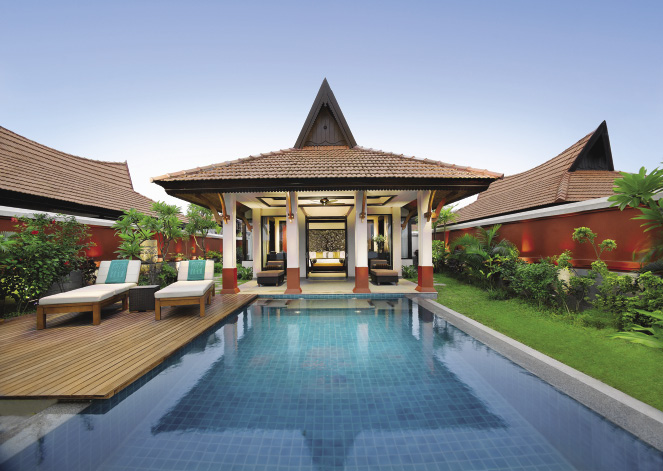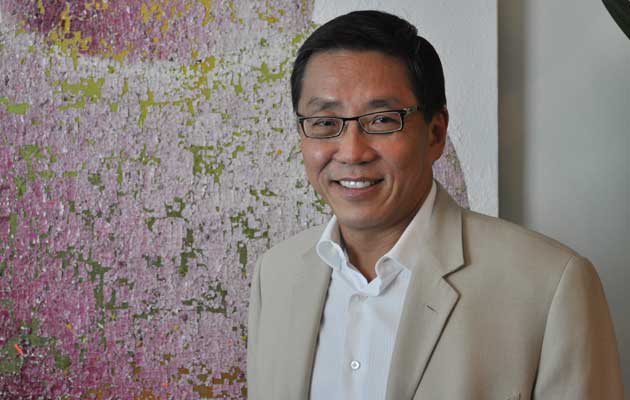Ho Kwon Ping (K.P) is a democratic leader as he adopt an inclusive management style which means his employees are involved in decision making process, but he still holds the final decision. This style allows mutual benefits. The following shows why he fits in this leadership style:
- He focuses on building commitment and generating new ideas
- He invites employees to develop directions for themselves and the company. There are usually many meetings to listen to employees’ views.
- He also strive a balance between a micro - or macro- manager. At some area, he will supervise closely and drill down to details. While at some time, he will provide broad guidance and vision, like a mix between a general, a guru and a cheerleader.
- "This started as a family business, but if it’s going to continue beyond us, it has to be a culture where our closest associates from the lowest to the highest feel a sense of ownership of Banyan Tree. Family is whoever is trusted to be part of the decision-making process. The business has to be led to grow in its own right," said Mr Ho.
Similar to Tony Fernandes, K.P. also fit the style of an transformational leader. He has the ability to align his employees and systems with his vision. As an effective transformational leader:
- He pay attention to the concerns and developmental needs of his staff members
- He then help them to look at problems in new ways.
- For instance, K.P. said about his employees in developing countries, "When I interact with them, I realize they have fears and aspirations, daily concerns, work stress and concerns about livelihoods. The way I can be a leader to them is to transform such concerns into a vision for the company they work for , so they come to work with interest in their hearts rather than just doing their job to get by."
What are his traits?
Resilience - Many consultants he hired does not agree with his originality and quit. He went ahead with his concept and successful Banyan Tree was born. He mentioned that if Banyan Tree were to fail, he will start over again and always be open to new ideas.
Supportive - He treats all his staff members like family, thus calling it a family business. He show his support by dealing with their concerns and provide them guidance.
Innovative - He always look at problems in a different perspectives compared to others. This is how he get innovative. For example, although a resort is not considered beach resort without a beach front, he did not give up and innovate to remove the focus away from not having a beach front by creating his resort into 100% pool villa concept with tropical garden.
Supportive - He treats all his staff members like family, thus calling it a family business. He show his support by dealing with their concerns and provide them guidance.
Innovative - He always look at problems in a different perspectives compared to others. This is how he get innovative. For example, although a resort is not considered beach resort without a beach front, he did not give up and innovate to remove the focus away from not having a beach front by creating his resort into 100% pool villa concept with tropical garden.
 |
| Ho Kwon Ping innovate the 100% pool villa |

















